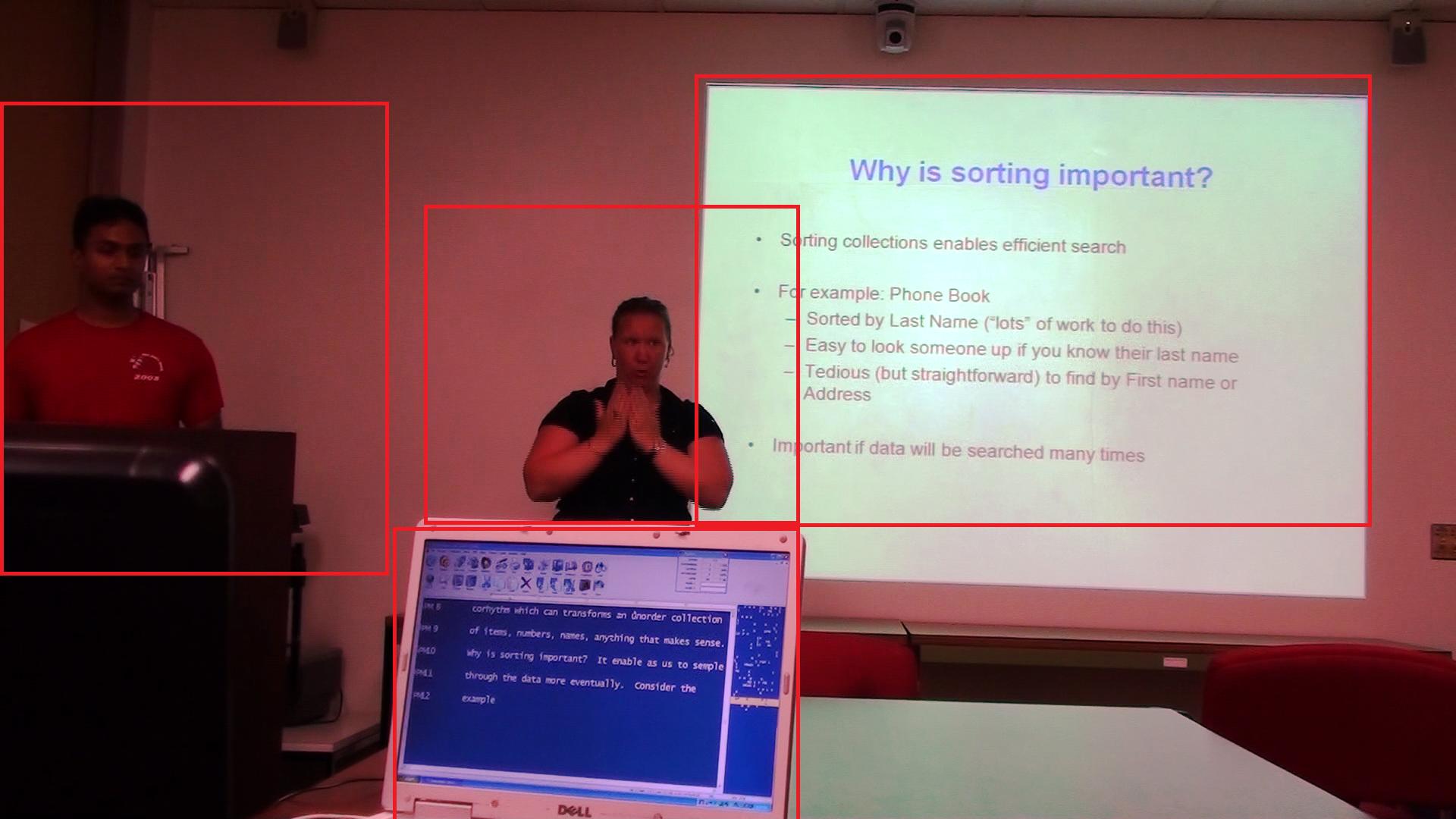
Figure 1: Mainstream classroom example. Active visual sources are shown in outlines.
Deaf and Hard of Hearing students rely more heavily on visual learning than hearing students. However, these students often encounter visual noise, such as large viewing distances, line of sight interference or obstruction, poor lighting or viewing angles. This classroom visual noise can significantly interfere with the visual perception and learning process for deaf students.
In addition to visual noise, mainstreamed deaf students have to manage visual attention between two or more simultaneous visual sources. The extra visual sources include the visual representation of the classroom audio, which is typically either a sign language interpreter or real-time text typed in by a captionist, as shown in
Figure 1.
We develop strategies and technical solutions to reduce visual noise. We also investigate visual and cognitive constraints in managing multiple sources and develop accessible technology views that enable students to manage multiple simultaneous visual information sources within their constraints.